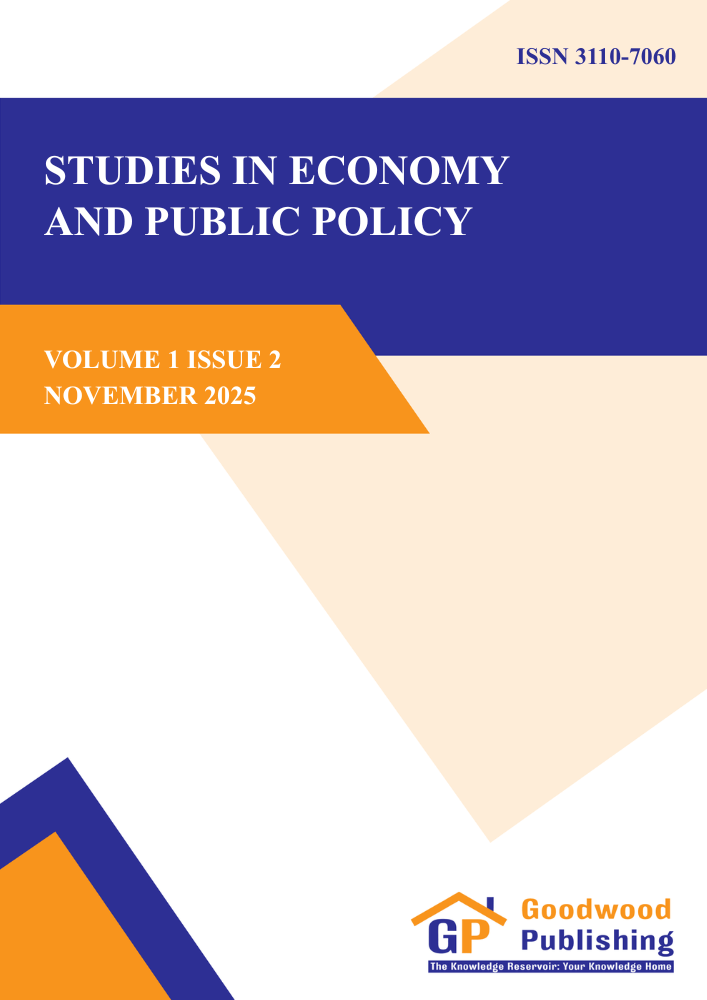Purpose: This study analyzes the factors hindering the development of habitable housing in Nduga Regency from geographical, infrastructural, sociopolitical, economic, and cultural perspectives.
Research Methodology: This research employs a qualitative descriptive approach using observation, in-depth interviews, and document analysis. Informants included local residents, government officials, and traditional leaders directly involved in housing development dynamics. Data were systematically coded and analyzed thematically to capture the complex interaction of multiple constraints affecting proper housing provision.
Results: The findings indicate that extreme geographical conditions, limited infrastructure, ongoing sociopolitical instability, weak economic capacity, and strong adherence to traditional housing norms constitute the primary barriers to adequate housing development. These interrelated factors mutually reinforce one another, restrict modernization efforts, and exacerbate structural inequalities in access to proper shelter across communities.
Conclusions: Housing development in Nduga Regency faces multidimensional challenges extending beyond technical and construction-related issues. Sustainable and inclusive solutions require a holistic, integrated approach that aligns infrastructure development, political stability, economic empowerment, and culturally sensitive adaptation. Without such integration, housing disparities are likely to persist and continue to undermine community well-being.
Limitations: This study is context-specific to Nduga Regency; therefore, its findings may not be directly generalizable to other regions without further comparative or longitudinal studies.
Contributions: This research provides practical insights for local governments, NGOs, and housing developers in formulating adaptive and context-sensitive housing policies. The study contributes theoretically and empirically by proposing a multidimensional analytical framework for understanding housing development barriers in remote and conflict-prone regions.


 Google Scholar
Google Scholar Garuda
Garuda Sinta
Sinta